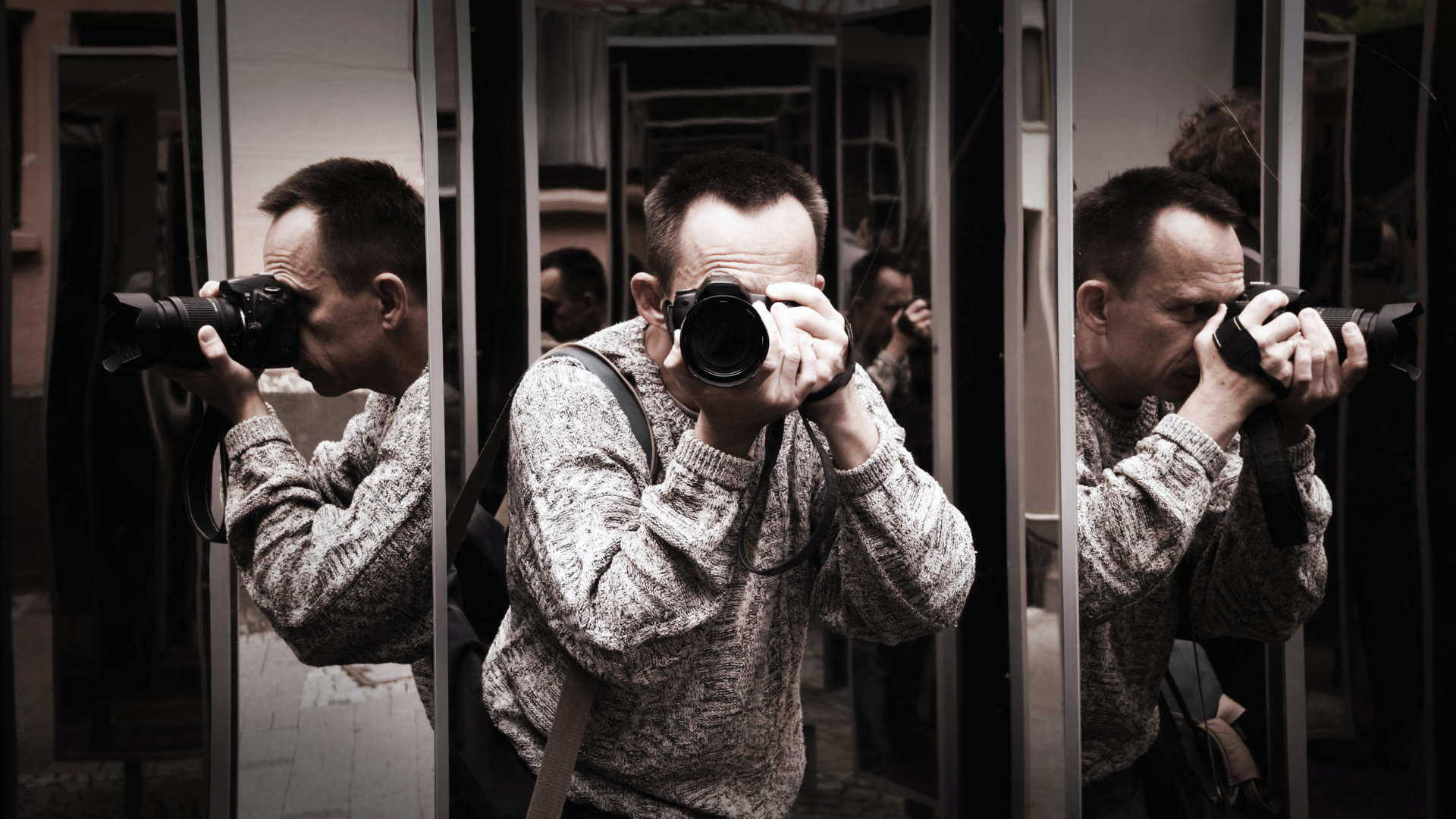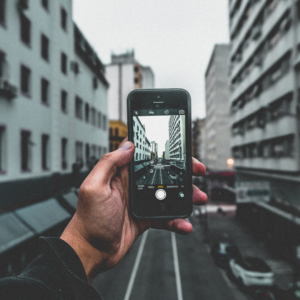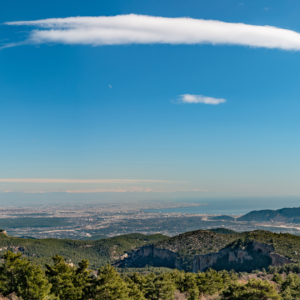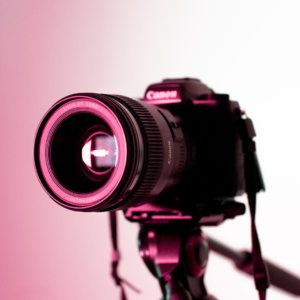Camera angles play a crucial role in visual storytelling, influencing how an audience perceives a subject. Experimenting with different angles can transform ordinary scenes into captivating visuals that evoke emotions and provide a fresh perspective. By shifting the viewpoint, photographers and filmmakers can highlight details, create depth, and alter the viewer’s experience.
Each angle offers a unique interpretation of the subject, whether it’s a low angle that conveys power or a high angle that suggests vulnerability. This variety encourages creativity and innovation in visual content, pushing creatives to explore and refine their skills. Those willing to take risks with their camera positions often discover compelling results that stand out in a saturated market.
Embracing the practice of experimenting with camera angles can enhance the quality of visual narratives, fostering a deeper connection between the audience and the content. As a result, individuals can elevate their work, leaving a lasting impact on viewers.
Understanding Camera Angles in Photography
Camera angles significantly influence the perception of photographs by altering perspective and composition. Properly utilizing these angles can enhance storytelling and visual impact, making them crucial for any photographer’s toolkit.
Defining Camera Angles and Perspective
Camera angles refer to the specific location and position from which a photograph is taken. They shape the perspective portrayed in the image, affecting how viewers interpret the scene. Different angles can evoke distinct feelings:
- Eye Level: Neutral, conveys realism.
- High Angle: Suggests vulnerability or diminishes subject importance.
- Low Angle: Implies power or superiority.
Each angle alters the viewer’s perception, highlighting various elements of the composition while guiding emotions.
The Role of Angles in Composition and Storytelling
Angles play a vital role in photographic composition. They determine focus points and create depth, guiding the viewer’s eye throughout the image. A thoughtfully chosen angle can enhance storytelling by:
- Emphasizing specific subjects.
- Creating dynamic tension or harmony.
- Supporting a narrative context.
For example, a tilted angle can spark intrigue or convey unease, while a straight-on view might foster straightforwardness. The selected angle reinforces the intended message, transforming a mere picture into a compelling story.
Types of Camera Shots and Their Visual Impact
Camera shots are defined by their framing and distance from the subject. They carry unique visual implications, contributing to the overall feel of the photograph. Key types include:
- Close-up: Captures intricate details; evokes intimacy.
- Medium Shot: Balances subject and environment; provides context.
- Wide Shot: Showcases the broader scene; gives scale and context to the subject.
Each shot type has distinct emotional and visual effects, allowing photographers to manipulate audience reactions. Understanding and experimenting with various shots can significantly enhance the interpretive quality of images.
Technical Aspects of Shooting at Different Angles
Experimenting with camera angles involves understanding various technical factors that influence the final image. Key aspects include choosing the right focal length and lens, considering how vantage points affect dimension and depth, and knowing when to use tripods versus handheld techniques.
Choosing the Right Focal Length and Lens
Focal length plays a crucial role in achieving the desired effects. A wide-angle lens, typically ranging from 14mm to 35mm, captures broader scenes, making it useful for landscapes or tight spaces. It enhances the perception of depth, making elements appear more distant.
Conversely, a telephoto lens (70mm and above) compresses space, bringing distant objects closer and blurring backgrounds. This can create a more intimate feel. Choosing the right lens affects not only composition but also storytelling elements in photography.
Tilt-shift lenses are specialized tools that allow for perspective correction and unique effects. They are ideal for architectural photography, where straight lines need to remain straight, even at unusual angles.
Influence of Vantage Points on Depth and Dimension
The vantage point significantly affects how depth and dimension are perceived in an image. Shooting from a low angle can create a sense of power and grandeur, emphasizing foreground elements. Conversely, a high angle can diminish the subject’s importance, leading to feelings of vulnerability.
Positioning the camera at different heights alters how light interacts with subjects, thereby influencing shadows and highlights. This can lead to a more dynamic composition. Experimenting with various vantage points can reveal new narratives and emotional tones within the same scene.
Additionally, foreground elements can add layers to the image, enhancing the three-dimensional effect. Layering elements encourages viewers to engage more deeply with the photograph, exploring each layer.
Implementing Tripods and Handheld Techniques
Using a tripod stabilizes the camera, ensuring clear images, particularly in low-light conditions or during long exposures. This equipment is essential for achieving sharp shots at various angles without risking camera shake.
Handheld shooting allows for greater flexibility and spontaneity, essential in dynamic environments. It enables quick adjustments to angles without the need to reposition a tripod. However, it requires a steady hand, especially at slower shutter speeds.
To enhance stability while shooting handheld, techniques such as bracing against a solid object or using a camera strap are helpful. Each approach has its specific advantages depending on the shooting context and desired outcome.
Creative Applications in Various Genres of Photography
Camera angles offer a powerful tool for photographers to express themes and emotions across various genres. Different angles can transform the way a subject is perceived and enhance the overall storytelling aspect of each image.
Conveying Drama and Mood with Angles in Portrait Photography
In portrait photography, angles significantly influence the emotional depth of the image. A low angle can imbue a subject with power and grandeur, while a high angle might portray vulnerability or isolation.
Using direct eye contact in a close-up shot can create an intimate connection with the viewer, amplifying the subject’s expression.
Contrasting lighting with angled shots can also enhance the mood. For example, side lighting can create dramatic shadows, emphasizing features and adding a layer of complexity to the emotion being conveyed.
Architectural Photography: Capturing Structure and Form
Architectural photography benefits immensely from creative camera angles that highlight structure and form. Shooting from a low angle can make buildings appear more imposing and majestic, showcasing their height and architectural detail.
Conversely, a high angle can reveal how a structure interacts with its surroundings, offering a unique viewpoint.
Incorporating leading lines, such as those formed by roads or pathways, directs the viewer’s eye toward the building, enhancing its visual impact.
Utilizing symmetrical angles can also evoke a sense of harmony, while abstracted angles might focus on patterns or materials, pushing creativity further.
Landscape Photography: Composing Natural Beauty
Landscape photography thrives on the photographer’s ability to use angles creatively. A low angle can bring foreground elements like flowers or rocks into focus, adding depth to the scene.
Conversely, capturing from a high vantage point allows for a broader view, showcasing the sprawling beauty of nature.
Framing landscapes with oblique angles can lead to unexpected compositions, capturing the viewer’s attention.
Moreover, utilizing natural elements, such as trees or water, can create leading lines that guide the eye through the photograph, enhancing the narrative.
Photojournalism: Telling Stories Through Camera Angles
In photojournalism, angles play a crucial role in visual storytelling. A close-up can provide an intimate glimpse into human emotion, while wide shots can depict the context of a situation.
Shooting from unusual angles, such as from below or above, can emphasize urgency or tension in a scene, allowing for a more dynamic presentation.
Incorporating environmental details through strategic angles can enrich the narrative, highlighting the broader implications of a moment.
The choice of angle also helps convey the photographer’s perspective, making the story not just about the subject but the context surrounding it.





